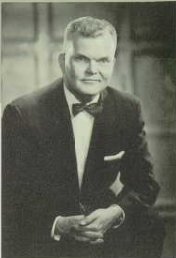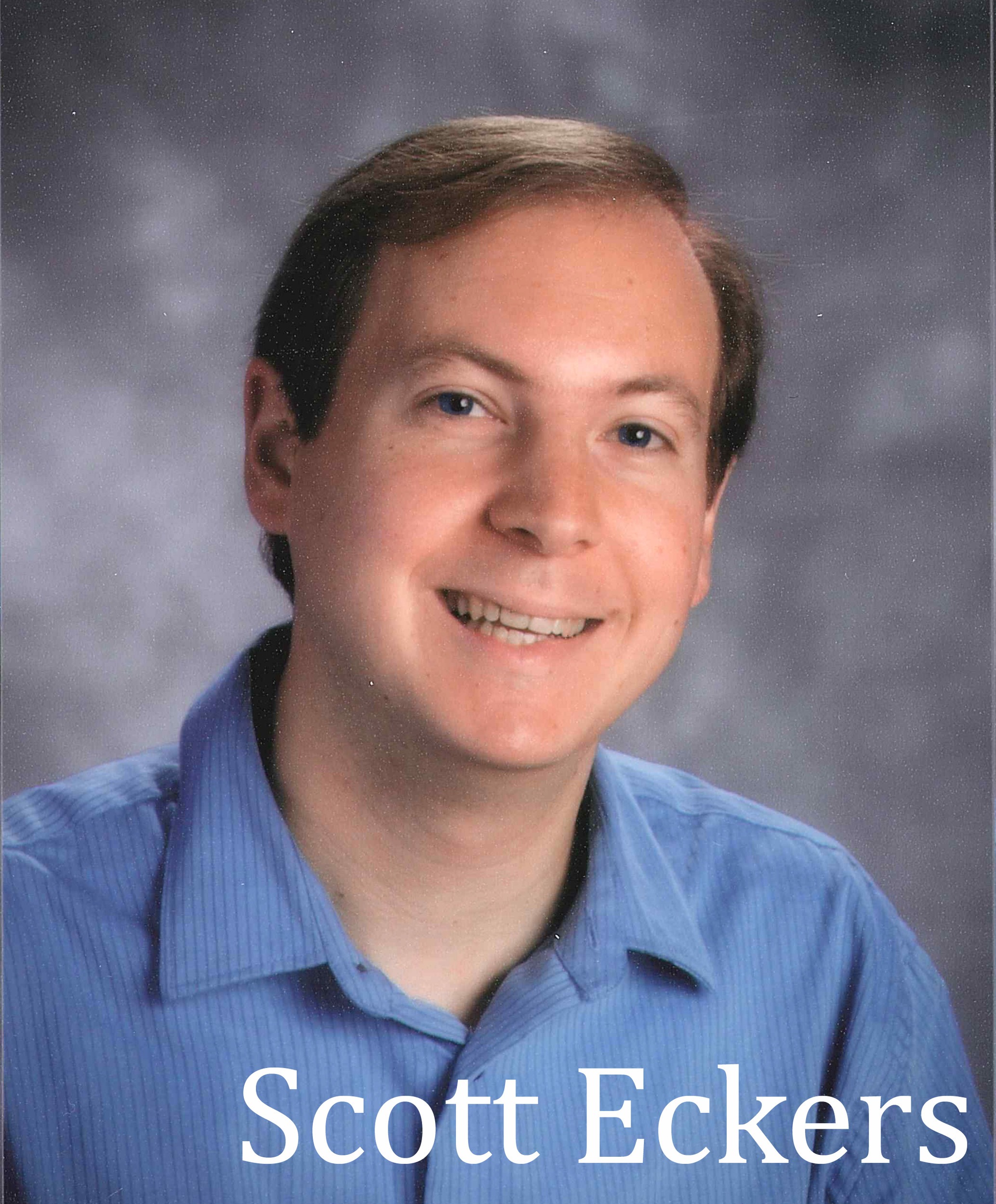Who was W. Tresper Clarke?
As a historian, I enjoy discovering hidden facts through deep research based on somebody else’s query. In the winter, Arjun Panickssery, W. Tresper Clarke High School Class of 2020 salutatorian, contacted me asking about the namesake of his school. He had seen conflicting information about the initial “W.”: was it William or Walter? Several sources, including my own book, show Tresper’s son William with the suffix “Junior,” but did the W. stand for William or was the “Jr.” an error? Knowing that the younger Clarke was in the first East Meadow High School marching band, I contacted Mr. William Katz, well-known local music teacher and director of that band. Mr. Katz’s memory at age 90 is impressive: when he and I met several years ago, Mr. Katz was able to recall the names and professions of almost every student in a 1957 photograph. Unfortunately, he did not have the answers we were seeking and Arjun and I turned to available records online. Arjun presented me with 1940 census records and anecdotal evidence from his school librarian; I then logged into my Ancestry.com account and historical databases and dove further into government, family genealogical, and cemetery records. I read dozens of newspaper articles and consulted professional journals. I found so much information that this article will span multiple weeks.
Here are the basics: Walter Tresper Clarke was born May 13, 1905 in Columbus, Georgia to parents Kate Matthews and Walter Robert Clarke. He had two younger siblings, Julia Ellen (1907-2001) and Robert Vincent (1909-1983). According to census records, all three Clarke children were known by their middle names as early as infancy. “Tresper” studied Engineering Chemistry at the Georgia School of Technology (now Georgia Institute of Technology) before graduating in 1927. At school, he was active with the Emerson Chemical Society.
Clarke married Mary Louise Snodgrass in Brooklyn, New York on December 27, 1936 and had two sons, William and Robert. Mary Louise had been a public school teacher in her native Florida. The Clarkes lived on Washington Avenue in Brooklyn while Tresper used his professional skills as Chief Chemist for Rockwood and Company, a chocolate and cocoa manufacturer just down the street. In 1943, Clarke and two coworkers obtained a U.S. patent for the invention of a soluble cocoa product. In other words, they advanced the science of creating cold chocolate milk in which the cocoa does not quickly settle.
During World War II, Clarke moved his family to 15 Roosevelt Place in Rockville Centre. At the war’s end, the Clarkes moved to 826 Preston Road in East Meadow. From May to September 1945, Clarke worked for the Technical Industrial Intelligence Committee, a U.S. Army agency. He went to war-torn Germany after V-E Day with a group of scientists and engineers with the goal of studying the German wartime factory system to exploit its advancements for the free world. Clarke, being a food chemist, brought back intelligence on the German food industry, specifically surrounding specialized production and distribution during the war that could be used to improve civilian and military applications. For this patriotic service, First Army Commander Lieutenant General Willis D. Crittenberger honored Clarke in 1951.
Following the war, Clarke was a regular author in a scholarly journal named Candy Industry. At first, he published articles about his visits to the German factories, focusing on descriptions of machinery, manufacture of cocoa powder, government control of cocoa bean distribution, and specialized recipes for delicacies such as marzipan. He expanded into more scientific pursuits, such as the use of microbin and abacterin in the chemical process of making and preserving chocolate. In the 1950s, Clarke researched and authored articles on all things chocolate – avoiding cacao product abuses, controlling flavor and color by particle size, keeping liquid chocolate in a fluid state, and successfully delivering it in bulk. He detailed historic Mayan and Dutch processes for its manufacture.
Tresper Clarke became involved with the East Meadow Taxpayers Association, a conservative organization that dominated local politics in the postwar years. He penned a letter to Newsday in 1948 encouraging district residents to “study, understand, [and] act” instead of jumping to conclusions from hearsay and other secondhand sources. Clarke was elected to the Board of Education in 1948 and served as its president from 1950 to 1954. During that time, he became involved with the local Protective League, a nativist and anti-Communist society that grew out of World War I anti-German vigilance committees. It was through these organizations that W. Tresper Clarke made his alliances and achieved domination over local affairs. Next week’s article will explore the many controversial decisions Clarke and his team made through one of the most tumultuous eras in East Meadow’s history. These involve Red Scare “witch hunts” of perceived rivals, active promotion of school prayer, showing supposed preference for hiring teachers aligned with his own religious and cultural beliefs, and allegedly involving himself with corruption regarding the awarding of bids and the selection of the district’s politically-connected attorney. With the friendship of George H. McVey and other notable leaders, Clarke and the Board of Education transformed and modernized East Meadow’s schools. The district became the largest in Nassau County. As president, Clarke oversaw the massive, rapid construction initiative that built every school building currently in use and several more that have now been closed.
Mary Louise died at age 48 on July 1, 1956. She had been a children’s librarian for the New York Public Library and the Freeport Memorial Library. Her most memorable accomplishment was the compilation of East Meadow’s first-known history pamphlet, East Meadow: Its History, Our Heritage (1952) which can be found at the East Meadow Public Library and has helped inform some of my own publications.
After his wife’s death, Walter Tresper Clarke moved to Toronto, Canada and continued to work for various companies as a chocolate chemist. In 1962, he received the Stroud Jordan Award for his contributions to the field of confectionary technology. Though Clarke only lived in East Meadow for ten years, his influence was so strong that the district’s second high school was named after him in 1957. W. Tresper Clarke came back to East Meadow for the school’s formal dedication later that school year. In the first yearbook (Scope, 1959) he wrote to students and said that their “increasing knowledge of the arts, sciences, and humanities brings all of us greater hope for peace, happiness, world tolerance, and dignity among all nations.” Clarke was “humble and proud to have been one of the many who helped to project and carry out plans for your education which today bear such splendid dividends and which will grow to maturity.” He died on November 17, 1987 in Arlington, Texas and was buried in Riverdale Cemetery in his native Columbus, Georgia.
The 1957 East Meadow High School yearbook features William Tresper Clarke, Jr. Aside from his involvement in band and the boys’ athletic association, the yearbook indicates that the young Clarke was interested in following his father’s footsteps in becoming a chemical engineer. It is unclear how Clarke continued at East Meadow High School after his father moved to Canada.
So? The W.? Through the magic of the Internet, I was able to track down W. T. Clarke’s grandson, Christopher Clarke. He initially thought the W. stood for William, since his little brother is William. His father, however, confirmed that the W. stands for Walter. Case closed!
© Scott Eckers
Dr. Scott Eckers is the author of East Meadow (in Arcadia Publishing's Images of America series). He is a trustee on the East Meadow Board of Education and serves as a teacher and administrator in a nearby school district. He is also an entertainer and recording artist.

 41.0°,
Fair
41.0°,
Fair 







